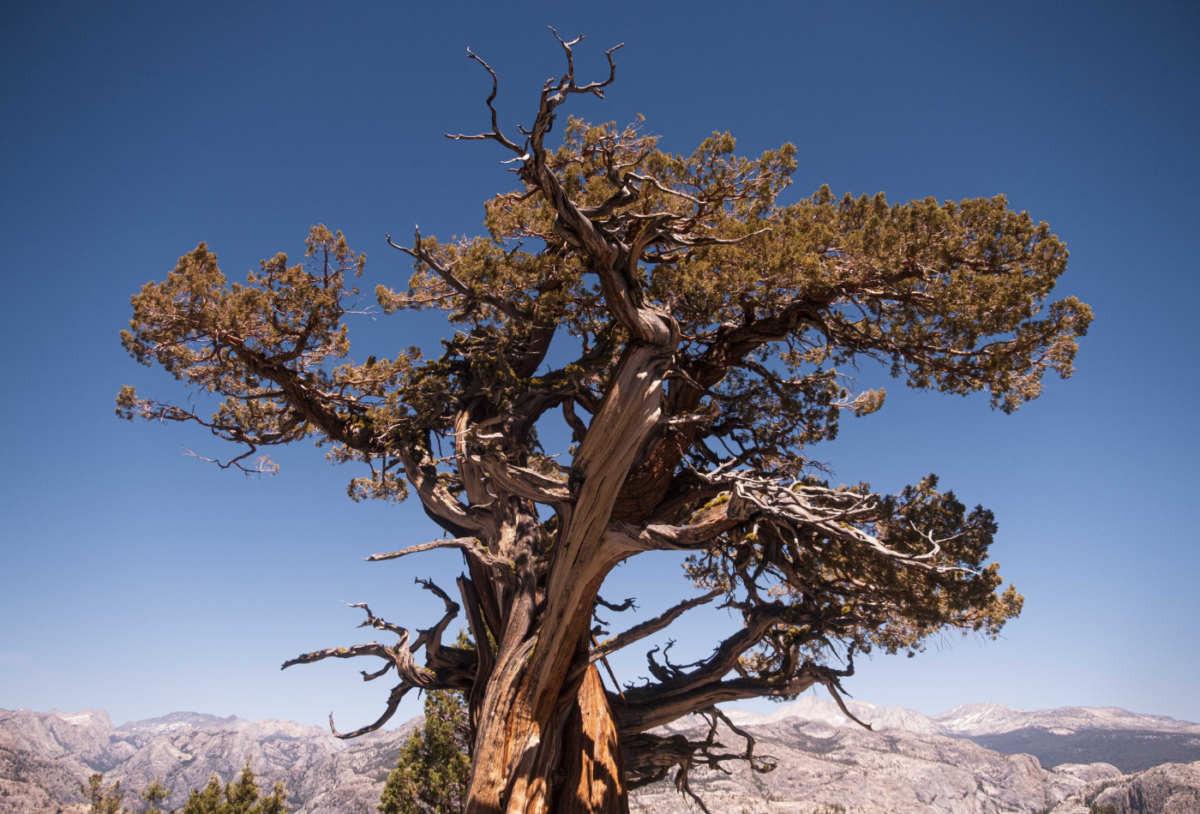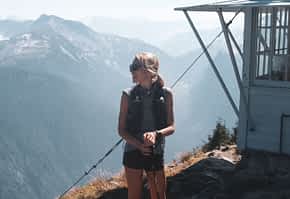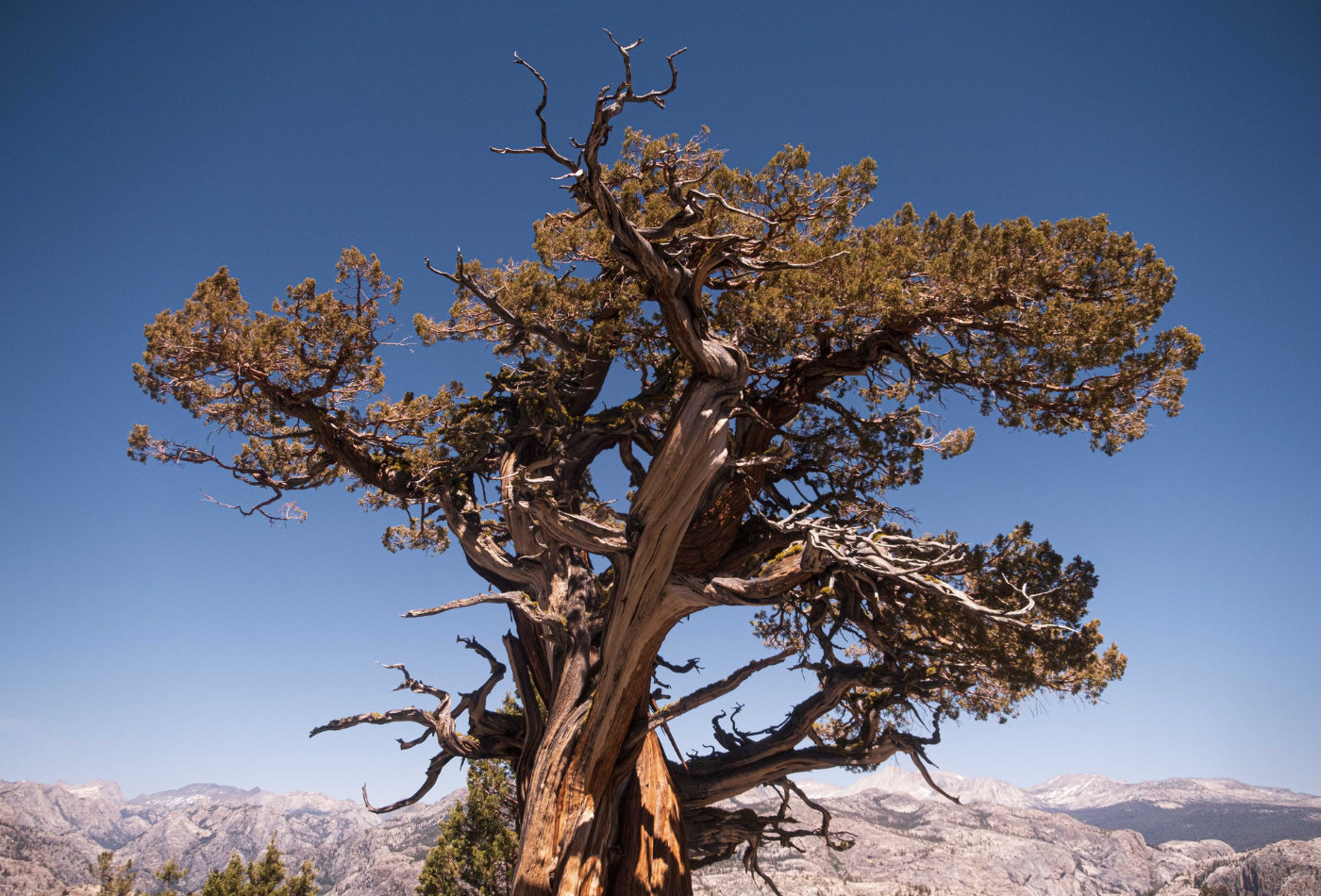
Developing a sense of context provides support for the deep connections to ourselves, each other, and the land that we celebrate on our trips. As part of our commitment to community and context, we are educating ourselves on the indigenous lands where we run trips… learning about the people who call these lands home, the forced succession of their homelands, their traditional lifeways , modern challenges, and the roles they play in land stewardship and conservation.
Coming off of a month of beautiful trips in Yosemite National Park, we share what we’ve learned Miwok people who inhabited the valley for thousands of years before the arrival or white settlers in the 1850’s.
Yosemite National Park is known for its dramatic natural landscapes boasting incredible waterfalls, giant sequoia trees, and towering granite domes. It became a National Park in 1890 and continues to hold its sense of awe and appreciation among those who visit.
While Yosemite is known as a world-class destination for climbers and outdoor enthusiasts alike, the history and unfortunate harm of the Indigenous communities in the Valley is important for present visitors to acknowledge and also have an increased awareness of the Indigenous land management and cultural practices that make these natural areas a better place for all.

History
The area we now refer to as Yosemite National Park is the traditional homelands of the Ahwahnechee people, a Southern Sierra Miwok Indigenous Nation who lived in the Ahwahnee (Yosemite) Valley. Ahwahnee was a Miwok word to describe the open mouth of a bear, similar to how the First Peoples viewed the open end of their valley.
For over 5,500 years the valley had an abundance of natural resources that allowed the Indigenous people to thrive off the land. This drastically changed around 1848, when word of gold in the area brought a flood of settlers to Yosemite. This gold rush resulted in a violent clash between the Native Americans and the new coming colonists, driving the Miwok Nation out of their homeland to mine the area for gold.
During this period, the Southern Sierra Miwok Nation suffered from violent dispossession, relocation, and economic disadvantage in their ancestral homeland from the militia group, Mariposa Battalion. This state funded militia group waged a seven month war, systematically burning villages and food supplies, thus forcing the Indigenous Communities from their land. The Native Americans eventually relented, were captured, and were forced to relocate to a reservation, ending the tribal habitation of Yosemite Valley and beginning a new era of the settlers.
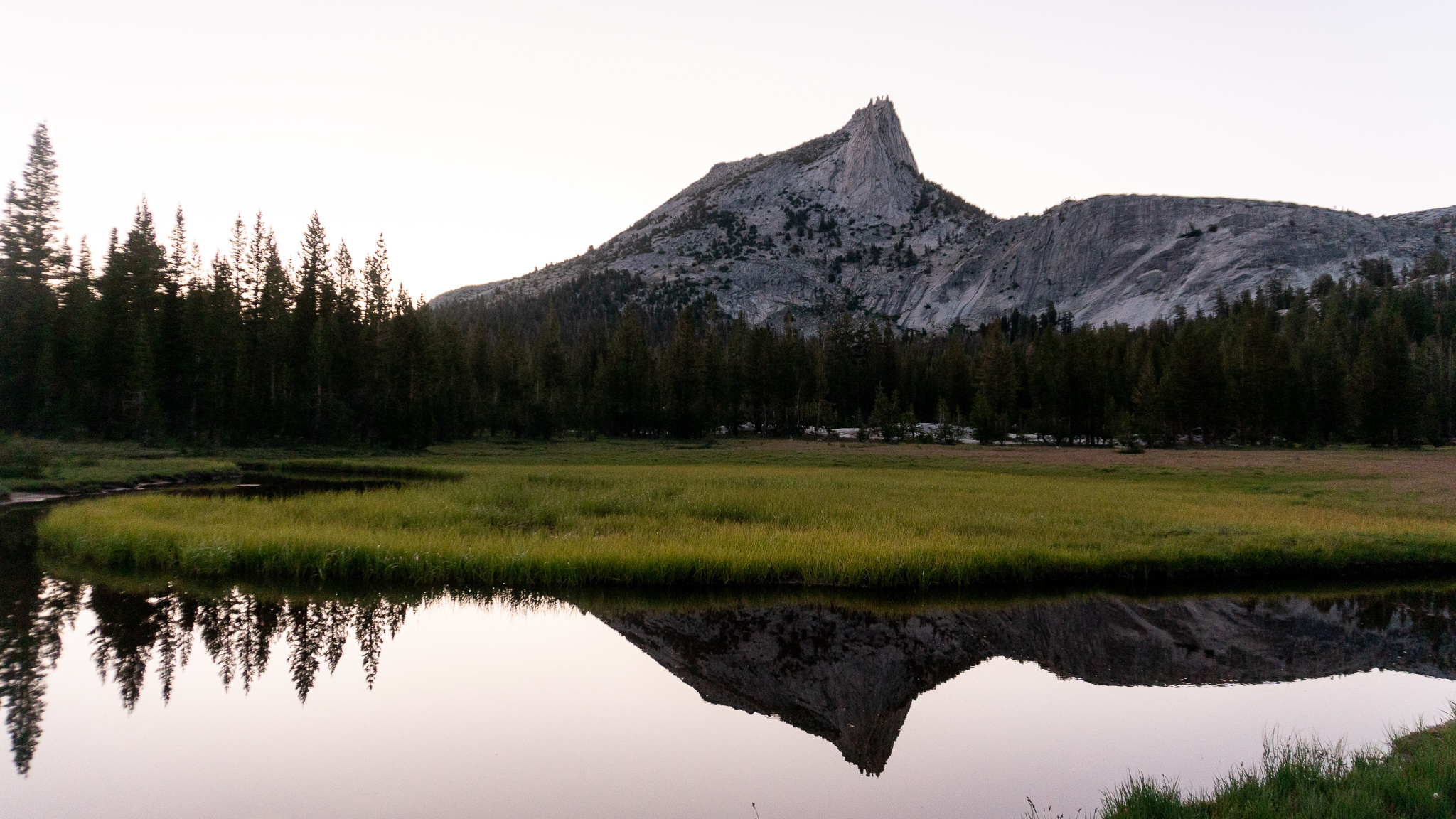
Within a year’s time, the Ahwahneechee resettled throughout the valley, but in 1864, President Abraham Lincoln designated the Yosemite Valley as a protected area. While the efforts were made to conserve the natural environment, the newly protected region brought a rush of tourism to the valley, which further lessened the control the Miwok had of their ancestral lands.
Petitions for Yosemite to become a National Park began in 1889 when John Muir came to the valley. At the time, the area was preserved as a forest reserve by the State Government but officially became a part of the National Park Service in 1890.
While the creation of the Park meant environmental preservation in the Valley, it further restricted the Ahwahneechee people from using their land for cultural and traditional purposes. By 1935 the South Sierra Miwok Nation was completely relocated from their lands and were threatened with fines, arrest, and further banishment from the park if not obeyed.
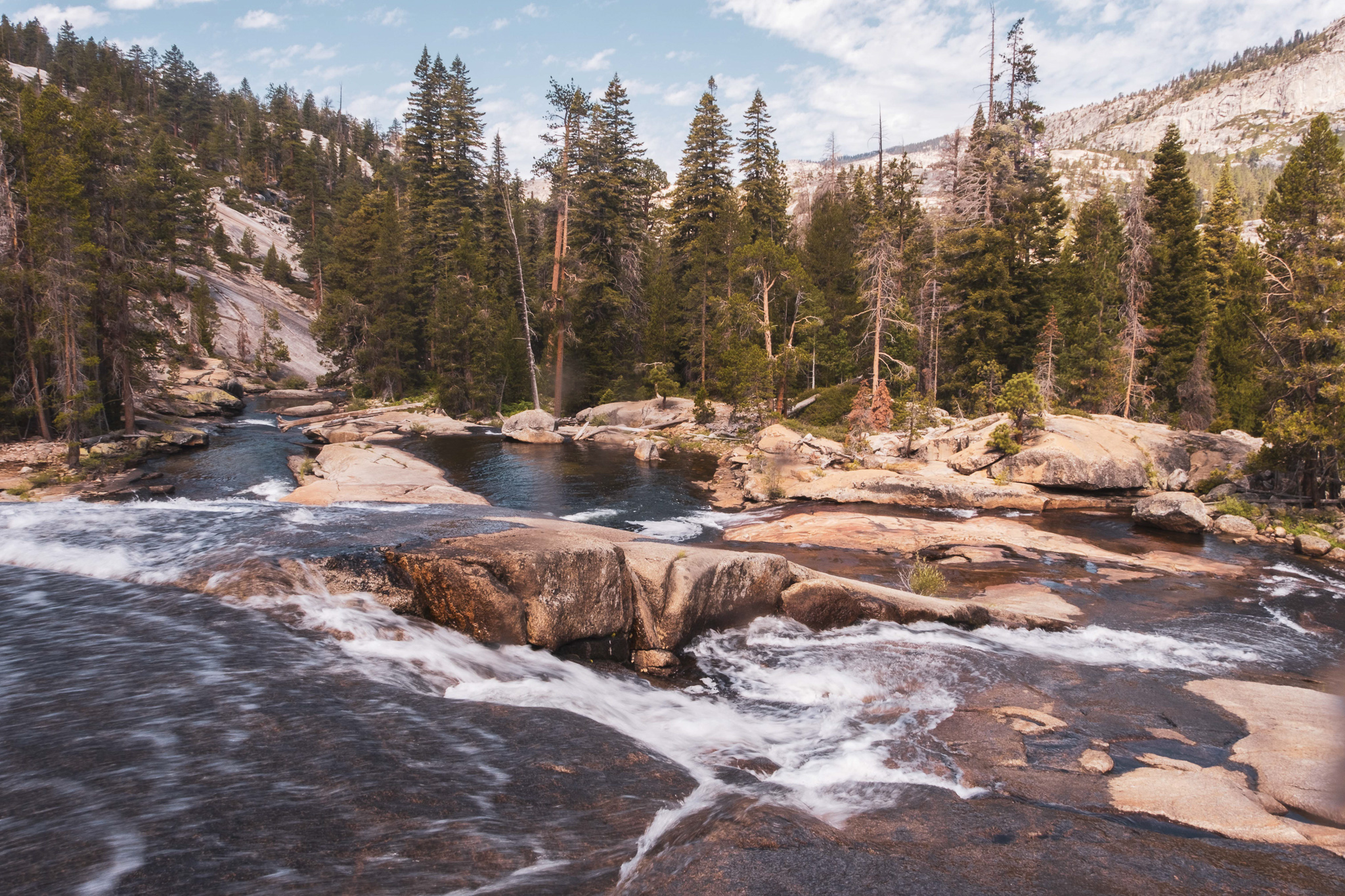
Fighting for Federal Recognition
Despite a dark past of displacement, the Indigenous groups of Yosemite have continued to advocate and lobby for federal recognition and use of their ancestral lands by working with the National Park Service. In 1980, the American Indian Council of Mariposa County (AICMC) was approved for the construction of a new Indigenous Cultural center in the Valley. In 1987, they were approved for the first Native American Relationship Management Policy to outline the importance of Indigenous Americans in the National Park management.
While Yosemite works with the AICMC to better explain the Native American history of the Valley, most of the information and museums in Yosemite still highlight the settlers’ history instead of the Ahwahneechee history.
Currently, the Southern Sierra Miwok people are “seeking self-determination, self-governance, and acknowledgment through the federal recognition process. This designation will allow [their] tribe to acquire tribal sovereignty rights. Federal recognition allows access to further health benefits, scholarships for higher education, funding opportunities to support [their] wellbeing and cultural continuance.” (Southern Sierra Miwuk Nation).
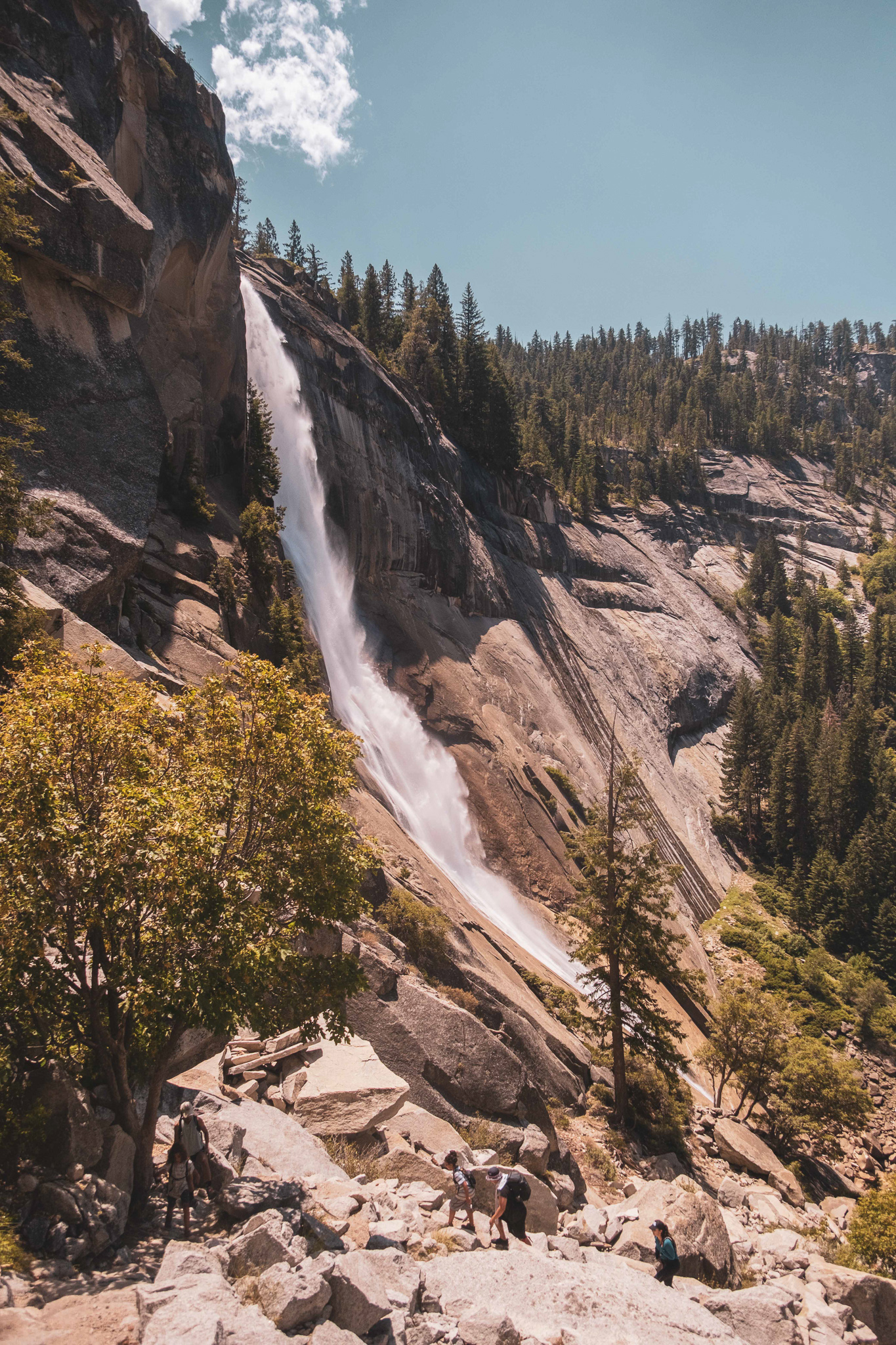
As explained by the Miwok Nation, the motivation for the federal acknowledgement is to support and work with the underlying issues of fundamental justice for their people. The hope is to “significantly enhance and facilitate this interaction by establishing a formal government-to-government relationship” through self-sovereignty, child welfare, additional federal support programs, revenue sharing trust funds, educational assistance, environmental protection and land acquisition, and protection of Indigenous cultural sites, and traditional gathering and other interest in their ancestral lands.
Ultimately, with the number of people traveling to Yosemite rising each year the importance to acknowledge, support, and campaign for the preservation and rights of the Southern Sierra Miwok Nation increases. As trail runners and outdoor enthusiasts, it’s important we not only learn the true history of these wild spaces, but also support and help in the federal recognition of the first inhabitants of these regions we enjoy so much.
For additional information and ways to support the Southern Sierra Miwuk Nation see below:
Southern Sierra Miwuk Nation https://www.southernsierramiwuknation.org/federal-recognition
Native Land – Me-Wuk (Southern Sierra Miwok)
Yosemite Mariposa County
Indian Country Today https://indiancountrytoday.com/archive/native-history-yosemite-national-park-created-on-native-homelands
The Yosemite Valley Native Americans
Kara Folkerts
Kara Folkerts is a plant powered trail runner, sustainable travel advocate, yoga teacher, and passionate about all things sustainability, travel, health, and outdoor movement. Originally from Canada, Kara has spent the last few years exploring and living abroad in various countries across the globe before joining the Aspire crew in 2020. Kara has been guiding various trail running, sustainability, and health retreats internationally since completing her undergrad in Ecotourism and Outdoor Leadership. With all of these experiences, she seeks meaningful connections with others, loves to learn of new cultures, and fosters the mindset of a lifelong learner. With a big heart for trail running and exploring wild places, she’s always stoked to get out there with others.
She writes about all her adventures on her blog at www.karafolkerts.com and on her instagram @karafolkerts

